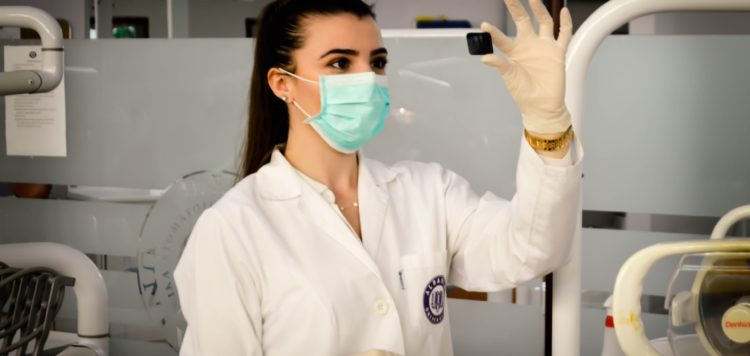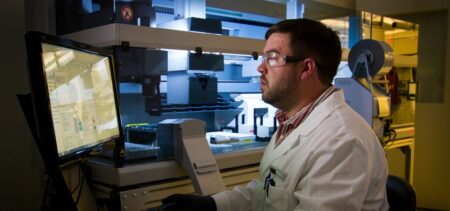Healthcare systems around the world need a transformation—and the crisis caused by the most recent pandemic has demonstrated it during the past months. Due to the current social distancing rules, today more than ever, healthcare professionals need to focus on providing patient-centric, outcome-based virtual care.
The pandemic forced systems to embrace telehealth and digital technology has proven useful in helping people manage their well-being before they get sick. However, there is still a long way to go to reach a radical change in healthcare. How can professionals accelerate the shift? And can they disrupt the way healthcare is being organized and delivered? But most importantly, what does the future hold?
Accelerate transformation
COVID-19 has highlighted several issues in healthcare, from socioeconomic inequalities to difficulties in the face of growing demand. Today, serious reforms are needed to update medical training and practice while improving efficiency.
Digital health technologies are on the agenda almost everywhere, promoting a more holistic approach than traditional assistance. This includes ongoing management of chronic conditions and preventative health, which should be the “new normal.” In the future, the business model for health organizations is likely to shift from reactive to proactive.
The past months have been a wake-up call for many practices and hospitals all over the world. Because, when it comes to sourcing and inventory management of critical care equipment and care delivery, things are changing. Amongst all the shifts and often hurdles, healthcare professionals are starting to think differently and address vulnerabilities within the system. Their perspective is not oriented to going back to normal but to push for a system that values prevention above all else.
Luckily, a few steps can accelerate the transformation of healthcare, including:
- Improving infrastructure
- Integrating new technologies in everyday practice
- Cutting down costs
- Attracting more healthcare professionals
In the new “normal,” operational excellence will be decisive. The many dysfunctions in the US healthcare system will have to disappear, as services shouldn’t be too costly, unequal, and uncertain in their eligibility and coverage. However, designing and implementing a better healthcare system will not be easy.
Embrace telehealth
Telehealth has been surging in the past months, with many organizations incorporating it faster than ever. So far, it has shown an increase in worker convenience and cutting costs. Moreover, the pandemic has triggered a permanent demand for telehealth services. It is clear now that hospitals and practices need to invest in innovations that will help them efficiently scale training and recognize the benefits of new technology. Fortunately, the latest advances in AI can make it possible.
AI solutions include remote education, coaching, and tools designed to remove bottlenecks in care and training. They are essential to the ways the next generation of surgeons will train to eliminate the many disparities in healthcare that this pandemic has revealed in the past months.
The Future Health Index 2019 report revealed that 39% of healthcare professionals weren’t using telehealth in their practice or hospital. However, today things have shifted, and telehealth is no longer just a “nice to have” feature but a real necessity.


























